October 15th, 2021, Shabbat is almost here!
And today we will listen to a classic poem of the Yemenite Jewish repertoire, in the version by Miriam Meghnagi’s, Libyan-Italian singer-songwriter.
 Hello, how are you? I hope well. Today, when this email is being sent, I am in Lisbon. I started writing it from home and flew to Lisbon at 10 in the morning for a concert at the Fundação Oriente, a concert that has been postponed twice and the first date was in April 2020. Finally we got to make it! If you want to know which is this act, here you are the info.
Hello, how are you? I hope well. Today, when this email is being sent, I am in Lisbon. I started writing it from home and flew to Lisbon at 10 in the morning for a concert at the Fundação Oriente, a concert that has been postponed twice and the first date was in April 2020. Finally we got to make it! If you want to know which is this act, here you are the info.
Nevertheless, here I am, punctual to the appointment with the Jewish musics. The last week, after receiving the MBS, a subscriber contacted me to let me know about her work. I started to search for her things in Youtube and I found the rendition of a Yemenite poem, which will be our topic for today. She is Miriam Meghnagi (thank you, my friend!) and today we will listen to her work, and the next week MBS will be dedicated to the same piece by Aharon Amram. I hope you’ll enjoy them!
? Do you like Music Before Shabbat?
Then, please, spread the word.
About Miriam Meghnagi
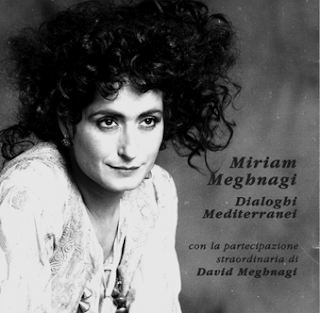 According to La Lettre Sépharade, Miriam Meghnagi is a multilingual singer-songwriter who sings poems, psalms and prayers in Aramaic, Hebrew, Judeo-Spanish, and Judeo-Arabic of Tripoli, her city. She also sings her own compositions.
According to La Lettre Sépharade, Miriam Meghnagi is a multilingual singer-songwriter who sings poems, psalms and prayers in Aramaic, Hebrew, Judeo-Spanish, and Judeo-Arabic of Tripoli, her city. She also sings her own compositions.
The portrait ? is the cover of the album Dialoghi Mediterranei, by Miriam, and I got it from La Lettre Sépharade.
The website of Primo Levy Center, explains that she was born in the ancient Jewish community of Tripoli (Libya) and that “Meghnagi’s work is inspired by different Hebraic traditions. Some of her songs combine verses from the Psalms, the Kaddish, and the Exodus with her own lyrics, thus following centuries of the oral tradition that, generation after generation, created the Mediterranean canon.“
She left her birthland and moved to Italy in 1967. Why? The website of Domenico Ernandes, dedicated to emigrants from Libya, includes a biography of Miriam where we can understand the reason and learn about these sad events (the original is in Italian, the translation is mine):
“The situation for the Jews worsened in June 1967, when as early as the second day of the month some Muslim priests began to proclaim jihad by giving sermons on the radio. This coincided with the War of the Six days, in which Israel was fighting on the northern front in the Golan Heights, and, above all, on the southern front in the Sinai peninsula. What remained of the hara (the Jewish quarter) in Tripoli was the target of a new pogrom. 17 Jews died, 3 of whom were stabbed. A woman, who in order not to be recognized, had gone to the market wrapped in a barracano (this is added by Araceli, a barracano is this) was recognized and killed on the spot. Two entire families, that of Shalom Unzon and Emilia Baranes Habib, 13 people in all, were taken in Tripoli by a Libyan officer with the excuse of being taken to safety in a camp and, as soon as they were out of town, they were eliminated. Riots and murders, albeit of lesser intensity, were also recorded in Benghazi. Most of those Libyan Jews who had decided to stay, after the events of June ’67 were convinced to leave. Miriam arrived in Rome, she attended the faculty of philosophy at the University of Rome “La Sapienza”, graduating and then specializing in Dynamic Psychology and Ethnomusicology.”
This ? picture is described as “Tripoli, Jewish quarter Hara el Kebira. Vittorio Daadusc in front of his shop.” and I found it at the website of the Digital Library of the Centro di Documentazione Ebraica (CDEC).
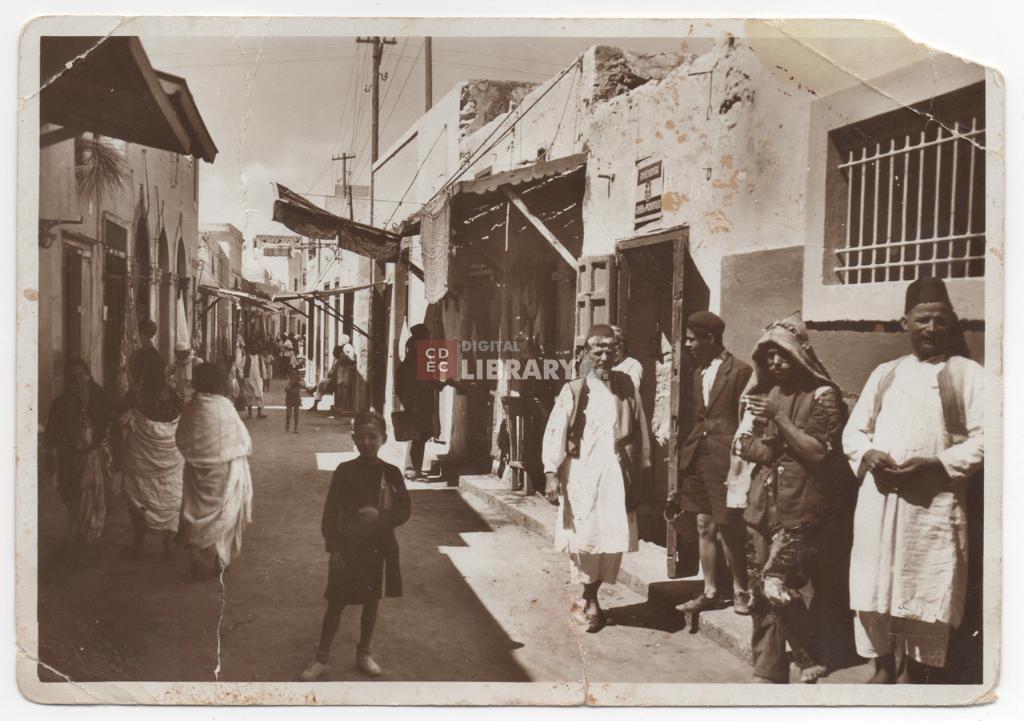
So, what happened with the Jews from Libya? Let’s delve a bit into the background of Miriam and the Jewish communities from Libya.
According to the JewishLibrary: “Jews had a presence in Libya at least since the time of Hellenistic rule under Ptolemy Lagos in 323 B.C.E. in Cyrene.”
As per Yad Vashem’s website (click for the complete text, as I will take just some parts):
“Not a single Jew remains in Libya today. Though Libya had been home to a Jewish community for thousands of years, and though the Jews had lived under Greek, Roman, Ottoman, Italian, British, and Arab rule, no trace of this once-thriving community exists anymore.”
Libya became an Italian colony in 1911. Yad Vashem’s web continues:
“By the eve of World War II, 30,387 Jews lived in Libya. The beginning of the end for the Jews of Libya was the institution of harsh, discriminatory legislation by Italy against its own Jews in 1938. This legislation, known as the Fascist “Race Protection Laws”, was instituted in Libya as well, although it was not enforced in practice until the death of Italo Balbo, the Fascist governor of Libya, in 1940. […] A new law in 1961 required a special permit to prove Libyan citizenship. Virtually all Jews were denied this permit. By 1967 the Jewish population had decreased to 7,000. Following Israel’s Six Day War, antisemitic rioting began again. The King of Libya, as well as Jewish leaders, urged the remaining Libyan Jews to emigrate. An Italian airlift saved 6,000 Jews and relocated them to Rome, though they were forced to leave behind homes, businesses and possessions. In 1969, when Muammar al-Qaddafi came to power, there were only 100 Jews remaining in Libya. His government confiscated all Jewish property, cancelled Jewish debt and made emigration for Jews legally prohibited. Some Jews still managed to get out. By 2004 there were no Jews left in Libya.”
Are there any synagogues left in Libya?
In Google Maps I found nothing, but searching more, I found some interesting informations:
- In 2011, David Gerbi, who was exiled in 1967, returned to Libya with the will to restore the Dar Bishi synagogue in Tripoli. What happened? Check it here. I’ll tell you in advance that it didn’t go too well. There is a follow up from 2020, with statements from Gerbi, in this blog of The Times of Israel. It seems that it is being restored, but as a Muslim library (check this or this).
- The synagogue Abu Shaif (picture below) was built in 1060. It was a Lag Ba’omer pilgrimage site. It burned down multiple times. It was destroyed in 1980 under the orders of Muammar Gaddafi and replaced with an apartment complex. Learn more about the history of this synagogue in Diarna.org.
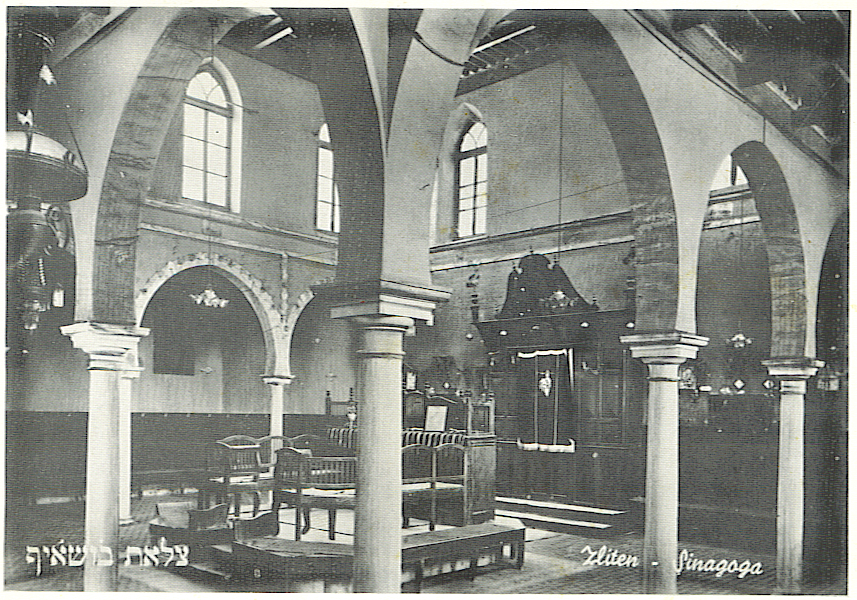
If you are interested in the Dar Bishi Synagogue of Tripoli, this ? video contains a digital reconstruction:
About the piece Kirya Yefefia
I have chosen this piece from the recordings by Miriam because in the next edition of MBS we will listen to the same poem, with a very different melody, by another artist. This is a poem that has been sung many times and if you make a search in Youtube, you’ll find many, some of them a bit cheesy. But next week we will listen to a superb one!
Kirya Yefefia means “splendid city” or “very beautiful city” and it is a poem by Shalem Shabazi, who already appeared in a previous MBS, where I explained that:
“(you can find it written as Shalom too) was a Yemenite Jewish poet from 17th century, of whom there are around 550 poems. He was a weaver as his main profession and he is though to be quite poor. He wrote in Hebrew, Aramaic and Arabic. He has a reputation of a heroe and his tomb in Ta’izz, in the Southwest of Yemen, attracted pilgrims all year long and specially around Shavout. After the Operation Magic Carpet there were no Jews left in the city. The exact place of the tomb has been lost. You can read more about him in this site of Diarna.“
I hope in my lifetime to see the end of the disgrace in Yemen and to be able to go and see with my own eyes its beauty which, from a distance, I consider sublime. This ? is the “Palace of Imam Ahmad bin Yahya Hamidaddin in Taiz” and it is by the user SharabSalam in Wikimedia. I got it from here.
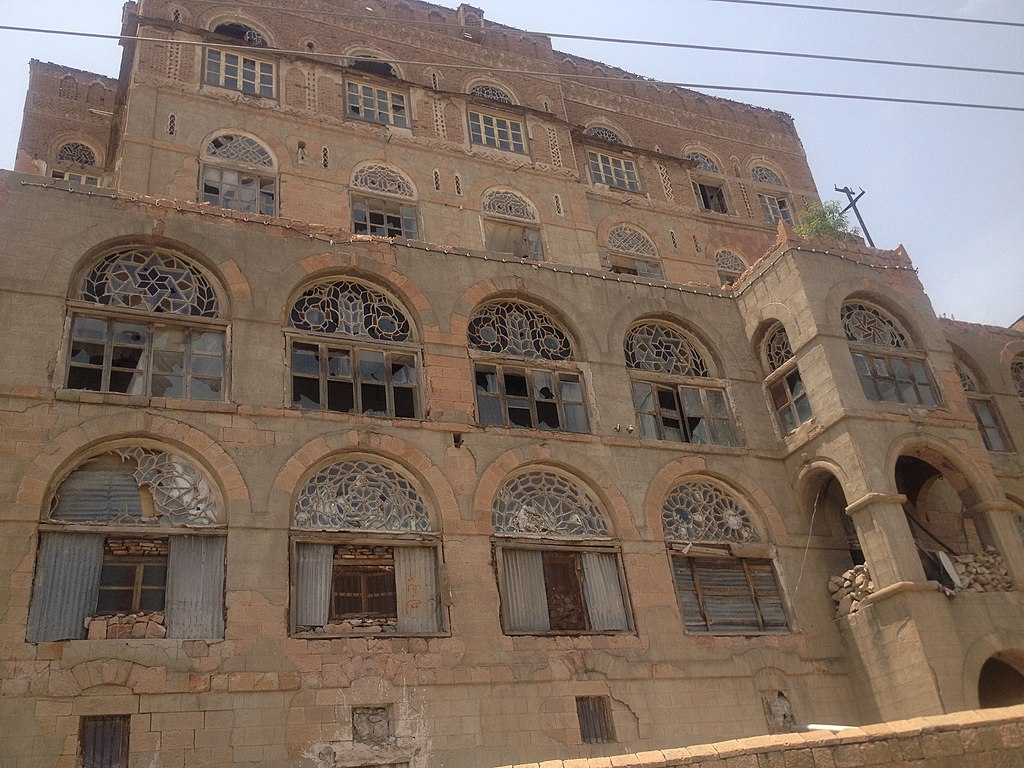
And this ? is the Castell above Ta’izz, by Julien Harneis, and I got if from here.
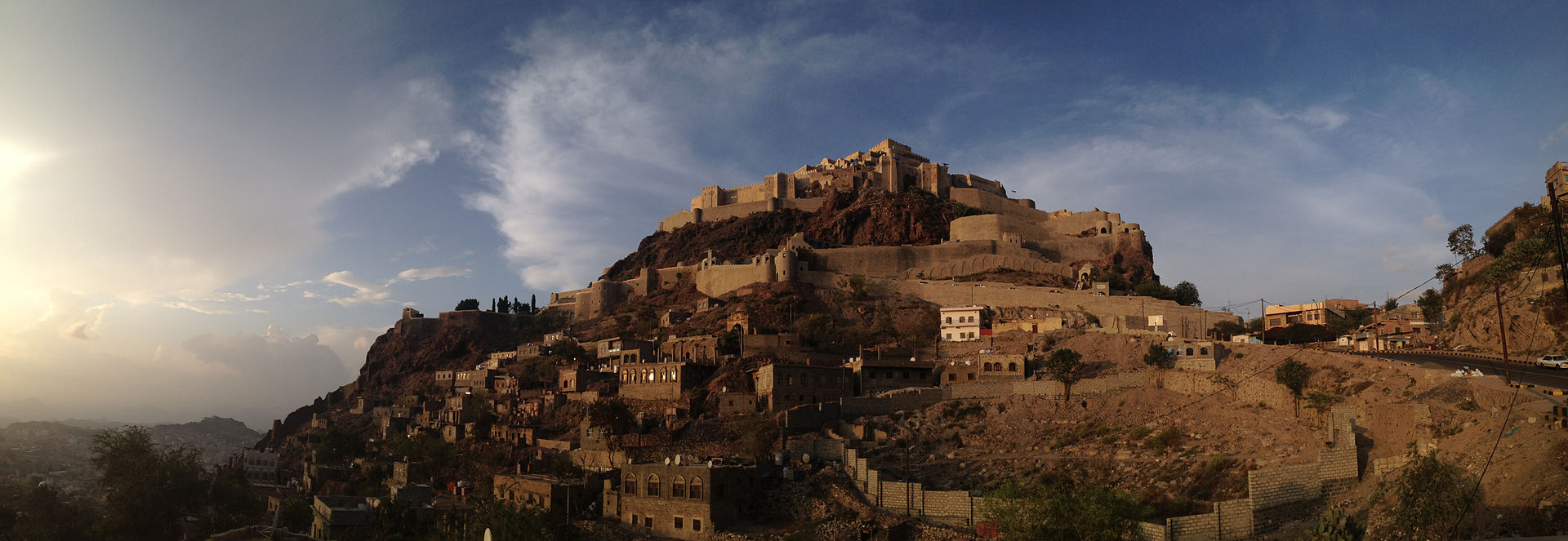
It’s time to enjoy the music:
